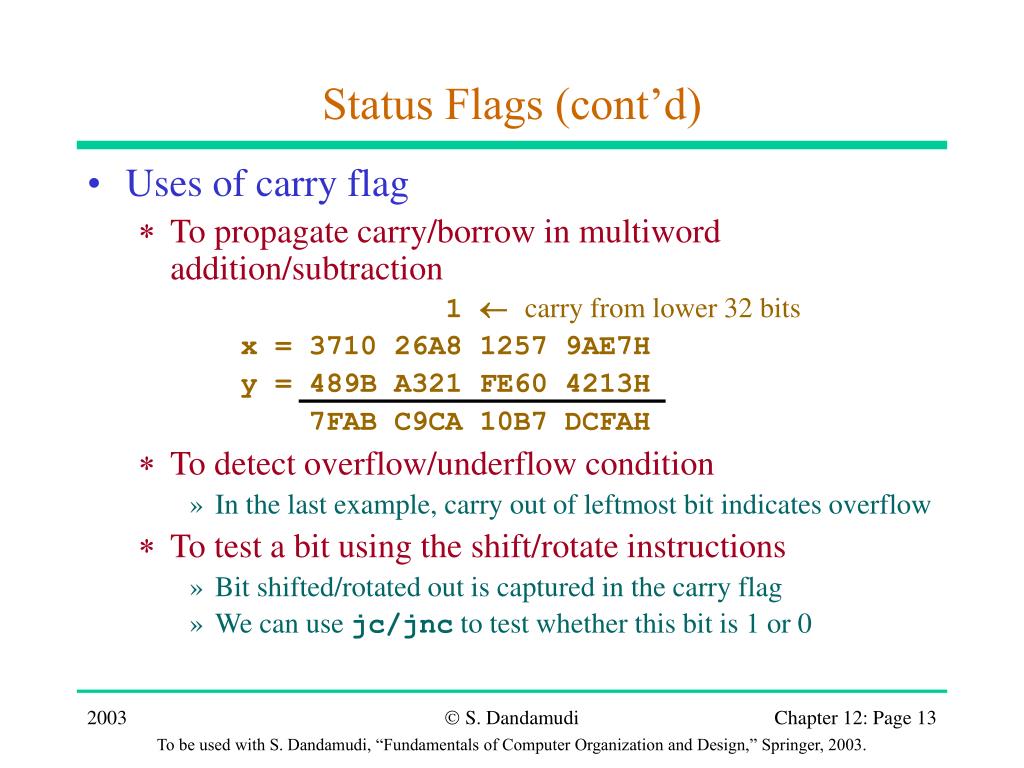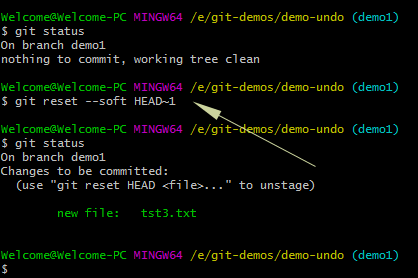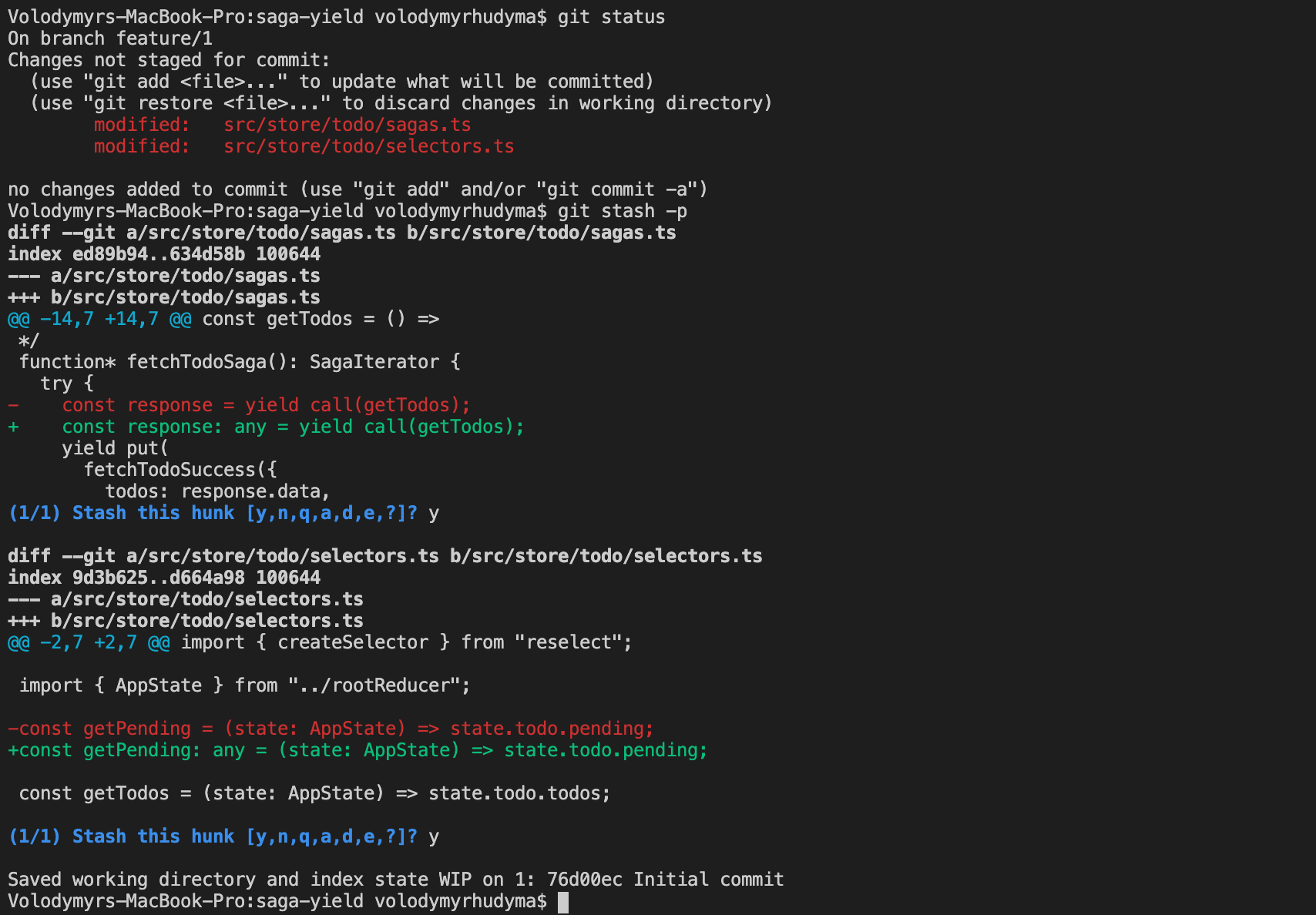

- #Git status flags how to#
- #Git status flags software#
- #Git status flags code#
- #Git status flags free#
This also helps you in improving your code.
#Git status flags code#
You can look at other people’s code, identify issues with their code and even propose changes. Basically, it is a social code-hosting platform for developers. GitHub is a web-based service for version control using Git.
#Git status flags software#
Git is commonly used for open source and commercial software development.
#Git status flags free#
Git is a free and open source distributed version control system designed to handle everything from small to very large projects with speed and efficiency.

Consent letter Vineeth Nagaraju as Promoter.Consent letter Pushparaj Shetty as Promoter.Consent from Raman Subba Rao as Promoter.Certificate of Incorporation 27-06-2023.COI – Deemed Public to Private – 20-06-2000.Certificate of Incorporation – 1-7-1991.MOA and AOA with Certificates of Incorporation.Agreement with Company and Registrar to Issue.Restated Consolidated Financial Information.

Works as intended, and the repo is pushed to GitHub.

I can do that with git branch -M and explicitly supplying it as : $ git branch -M master mainĪfter this is done, the command $ git push -u origin main Lacking guidance from GitHub, I must assume that this is what they want me to rename "main". Instead, I have a file refs/heads/master: $ ls -A1h refs/heads/ In my case, the returned filepath refs/heads/trunk does not exist. Again, an authoritative confirmation of this would be awesome.Īccording to its documentation, git symbolic-ref returns the filepath associated with the symbolic reference "HEAD". Since the error I got trying to follow GitHub's instructions cites refs/heads/trunk explicitly, I further assume that git branch calls git symbolic-ref HEAD in order to determine the current branch. This makes enough sense to assume, though an authoritative source would still be then suggests several ways of determining the current branch. Am I allowed to know how git branch -M handles a single suggests that git branch implicitly takes to be the current branch if it's not provided as part of the command.
#Git status flags how to#
Knowing this would help me figure out what causes the error I get and how to fix it. I assume that there's some secret algorithm that git branch uses to determine what it should use for. With no explanation of what happens when is not specified. If exists, -M must be used to force the rename to happen. If had a corresponding reflog, it is renamed to match, and a reflog entry is created to remember the branch renaming. With a -m or -M option, will be renamed to. I assume, because no one involved can be bothered to make clear, that this one argument is. Here, however, GitHub has given me only a single argument. The standard command for this is of the form $ git branch -M The -M flag to git branch is a combination of -m (move) and -f (force) to forcibly rename a branch. When I execute them, I get an error at the git branch step: $ git remote add origin Įrror: refname refs/heads/trunk not found After creating a new repo on the site, GitHub gives the following instructions to execute locally: git remote add origin I'm trying to upload a local repo to GitHub.


 0 kommentar(er)
0 kommentar(er)
